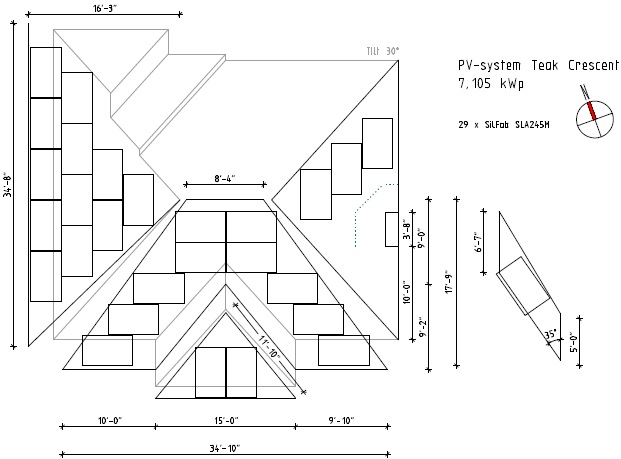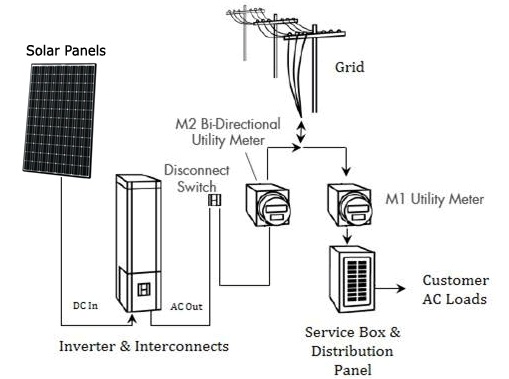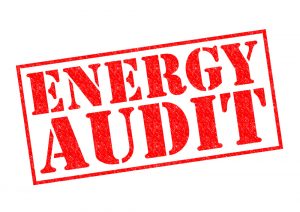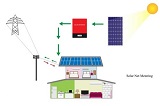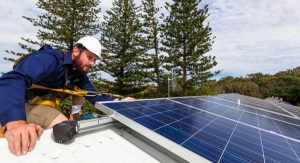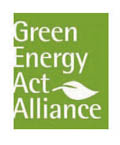1. Get a few solar quotes
Let us do all the legwork! Absolutely FREE!
You should put as much thought into choosing a reputable solar panel installer as you do into selecting an experienced mechanic or dentist! Your solar panels must:
- Be safe and reliable
- Generate enough electricity to offset your home energy consumption and provide a reasonable payback period
- Be installed by a qualified contractor to apply for government incentives and maintain product warranties
We’ve been working in the solar business since 2010, and unfortunately, have seen a lot of underperforming systems and shoddy installations. We have pre-qualified and can now recommend the best contractors in Ontario offering high–quality installations at great prices!
Just tell us your goals and describe your project by filling out this request form, and we’ll get back to you within 24 hours!
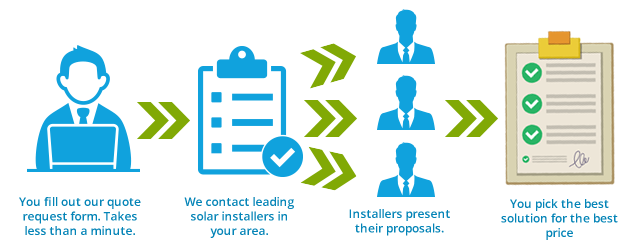
2. Initial consultation and solar site assessment.
During this stage, your solar panel installer will visit your property, identify areas or roof segments suitable for solar panel installation (facing South, East, West), determine the exact azimuth and tilt angles of the proposed solar panels array, assess shading from trees or neighboring buildings, and probably take some roof measurements. Read more….

3. Review System Design, Quote and Purchasing Agreement.
Roof measurements are the basis for a reliable engineered design and equipment specifications. Your solar panel installer should present a detailed module layout showing you the location of solar panels on your roof. Before you sign on the dotted line, be sure to review details of the Solar Quotation, Financial Analysis and Purchasing Agreement. Some solar contractors may present very attractive numbers to you; however, read more…
4. Sign the agreement and submit your Net Metering application.
Once you are comfortable with the price of your turnkey system, quality of its components, and your installer qualifications, sign the installation agreement, and ask for their help in submitting your application for Net-Metering or a solar energy incentives program. Most solar companies in Ontario will provide this service for free, or at least include it in their packages. You should obtain all the required documents (i.e. Parcel Register, Notarized Applicant Declaration Form, etc.) before applying.
5. Contact your Local Utility Company and apply for a building permit.
At this stage, you’ll again need help from your solar installer. You would have to submit a Form C (request for connection) to your Local Distribution Company (LDC), specify the type of equipment you will be using, provide module layout, etc. Another essential step is applying for a building permit to install your solar panels system. Here, regulations require you to get an inspection and a report from a licensed Professional Engineer in Ontario.
6. Installation of your solar panels system.
If you are planning to have a net metering system in Ontario, you generally have 180 days from the date your local distribution company approves your request to install and connect your solar panel system. A complete setup will include mechanical integration (installation of roof flashings, rails, solar modules, etc.) and electrical connection (wiring of solar panels, strings, array, combiner boxes, wires, inverters, system disconnect, grounding, meter, etc). To ensure your solar system meets all safety codes and up-to-date building standards, only trust skilled, experienced professionals to install your solar panel array.
7. ESA inspection and final connection of your solar system.
An Electrical Safety Authority inspector will visit your property to confirm the solar panel system meets Ontario Electrical Code. This inspection will include the equipment, wiring, conduits, grounding, system disconnect, etc. Once the work receives ESA approval, your local hydro company will install a new two-way meter and connect your system to the utility grid.
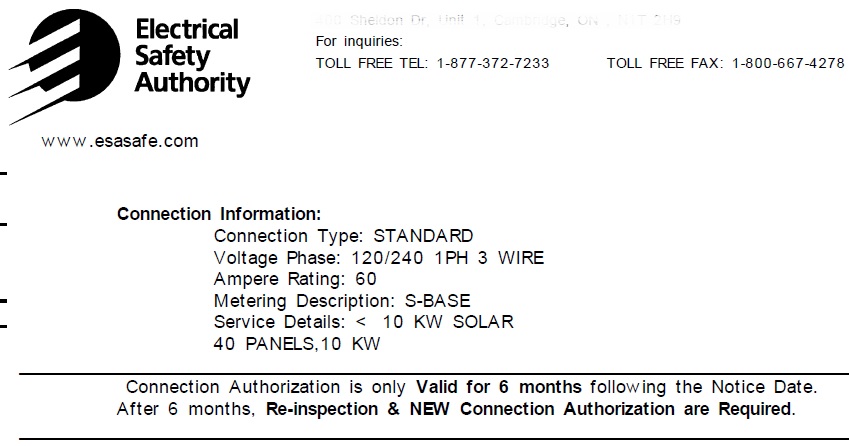
8. Close the building permit and accept your Net Metering Contract.
A municipal building inspector may also schedule a visit to inspect your solar panel installation, review roof connection details and provide a sign-off to close your building permit. Once you have your solar panel system installed and connected, your local utility company will send you a contract to review and accept.
9. DONE! Start receiving payments or credits towards your energy bills!


